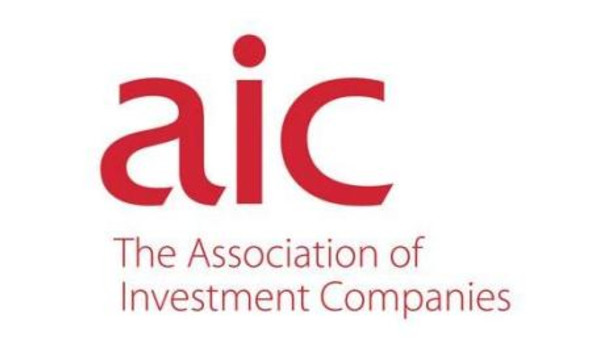

The Association of Investment Companies (AIC) has urged the FCA to act swiftly after the trade body uncovered evidence that investors are being misled about the risk of ploughing their cash into investment trusts.
Under the Packaged Retail Insurance and Investment Product (Priip) rules, investment trusts must provide a summary risk indicator to indicate the level of risk investors may be taking.
The AIC examined 56 Kid documents from investment trusts, and compared them with the risk indicator for open ended funds managed by the same person.
The risk indicators on open ended funds are calculated in a different way than those for investment trusts.
The AIC stated investment trusts, because they use debt to make investments, should typically have a higher risk measure than an open-ended fund.
While the methods of calculating the risk are different, both use a numbers system of one to seven to quantify the risks, with one being the lowest risk level and 7 the highest.
But the trade body found that 40 of the trusts were given a lower risk indicator one number less than the equivalent open-ended mandate, while 13 were given a risk indicator two numbers less than the open-ended fund run by the same manager.
A total of three investment trusts were given the same risk weighting as the equivalent open-ended fund.
None of the 56 trusts received a higher risk indicator than the equivalent open-ended fund, despite the potential for the debt taken on by trusts to magnify performance, including meaning that poor performance is made worse because borrowed money was used to make more investments.
Ian Sayers, chief executive of the AIC, said: "It reflects the reckless decision to allow competing products to produce seemingly identical information but calculated on a different basis.
"Any suggestion that consumers will appreciate the subtle difference in methodology between the two risk indicators, when they are called virtually the same thing and presented in exactly the same way, is laughable.
"I cannot remember a time when consumers, directors, managers, analysts, trade associations and media commentators were so united in their criticism of a piece of regulation.
"Only regulators appear to have failed to spot what is obvious to everyone else, that basing future projections of risk and performance on the recent past was doomed to failure, and so it has turned out. They cannot say they were not warned.
"The AIC argued against the proposed summary risk indicator back in 2010 for precisely these reasons, and we were not alone. However, repeated warnings over the next eight years fell on deaf ears.
"Though we welcome the FCA's decision to gather evidence, this should not be an excuse for further delays. The evidence is all out there and has been for six months. Though a longer-term solution will need to be carried out at the European level, the FCA should take steps today to protect consumers.
"A good start would be to acknowledge how bad this regulation is and then warn investors not to rely on these disclosures when making investment decisions."
When the AIC's remarks were put to the FCA, a spokesman for the regulator pointed to a speech made by Andrew Bailey, chief executive of the FCA, back in April.
Mr Bailey said: "Some firms have told us they have concerns about this directly applicable EU regulation. In response, in January we published a statement clarifying some of our views on the Kid.
"We will continue to engage with firms and their trade associations to consider how their concerns may be resolved so that investors get the full benefit of the regulation. We will also continue to work with the European Supervisory Authorities, and contribute to the European Commission’s post-implementation review of the Priips regulation."
Minesh Patel, an adviser at EA Soluitions in London, said he does not regard investment trusts as inherently more risky because the gearing can also enhance investment returns, while the movement of trusts onto discounts or premiums is share price movement and not reflective of movements in the actual investments.
david.thorpe@ft.com



